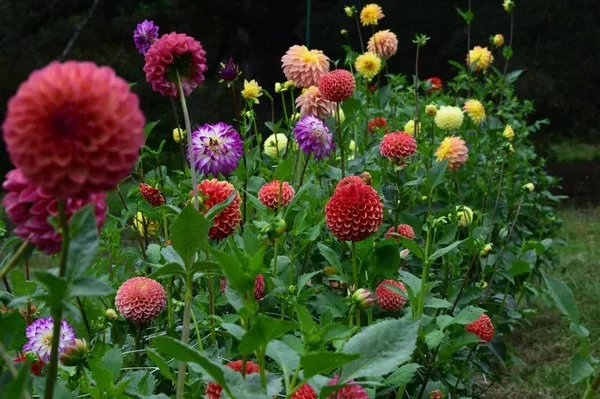Daffodils, with their bright and cheerful presence, hold a distinct place in the world of flowers. While various daffodil cultivars may exhibit diverse characteristics, what sets daffodils apart is their universal symbolism and the occasions for which they are cherished.
Daffodil Symbolism: A Rebirth of Life
The primary and most widely recognized symbolism associated with daffodils is that of rebirth. This significance is derived from the timing of their appearance, which coincides with the transition from winter to spring. As the world emerges from a dormant, wintry slumber, daffodils burst forth, welcoming the renewal of life. Their bright blooms serve as harbingers of the awakening landscape.
Furthermore, daffodils align with the lengthening of daylight hours during spring. This reinforces their role as symbols of rebirth, as they thrive during the rekindling of the growth cycle. The idea of rejuvenation and new beginnings extends into various contexts, making it evident that the most prominent symbolic association with daffodils is indeed the concept of rebirth.
Daffodil Meaning: A Testament to Perseverance
Daffodils are renowned for their remarkable longevity and resilience. It is not uncommon for them to continue thriving in an area for over a century after their initial planting. Their hardiness is exemplified by their ability to flourish in locations where discarded garden materials have been left, provided their bulbs are among the remnants. Consequently, daffodils have come to embody the concept of perseverance.
In Chinese culture, daffodils symbolize prosperity and good fortune. Their significance is amplified if they bloom on the first day of the Chinese New Year, which falls between late January and late February, coinciding with the daffodil’s own blossoming season. A daffodil in full bloom on this auspicious day signifies forthcoming financial prosperity and a year of wealth.
The Tazetta daffodil (Narcissus tazetta) is particularly esteemed and is referred to as the Chinese Sacred Lily. This variety was introduced to the United States by Chinese immigrants during the 1800s and has since gained popularity.
Daffodil Flowers and Their Significance to the Welsh
In Wales, the daffodil holds a special place as the national flower. It is proudly worn by the Welsh on St. David’s Day, celebrated on March 1. This date conveniently aligns with the daffodil’s blooming season, making it a fitting emblem for the occasion. St. David, the patron saint of Wales, is closely associated with the Tenby daffodil (Narcissus obvallaris).
The Tenby daffodil, a wildflower primarily found in South Wales, is the variety most closely linked to St. David. It’s worth noting that leeks used to symbolize St. David’s Day until the 19th century when the daffodil took over. This shift can be attributed to the Welsh term for daffodil, “cenhinen Bedr,” which translates to “Peter’s leek.”
St. David’s Day is celebrated on March 1, commemorating the saint’s passing in 589 CE. Although St. David was officially recognized as a saint in the 12th century, festivities in his honor have been a longstanding tradition in Wales.
The daffodil’s status as a symbol of St. David’s Day was formally established in 1911 when David Lloyd George, the prime minister at the time, donned a daffodil during the investiture of a prince on St. David’s Day.


